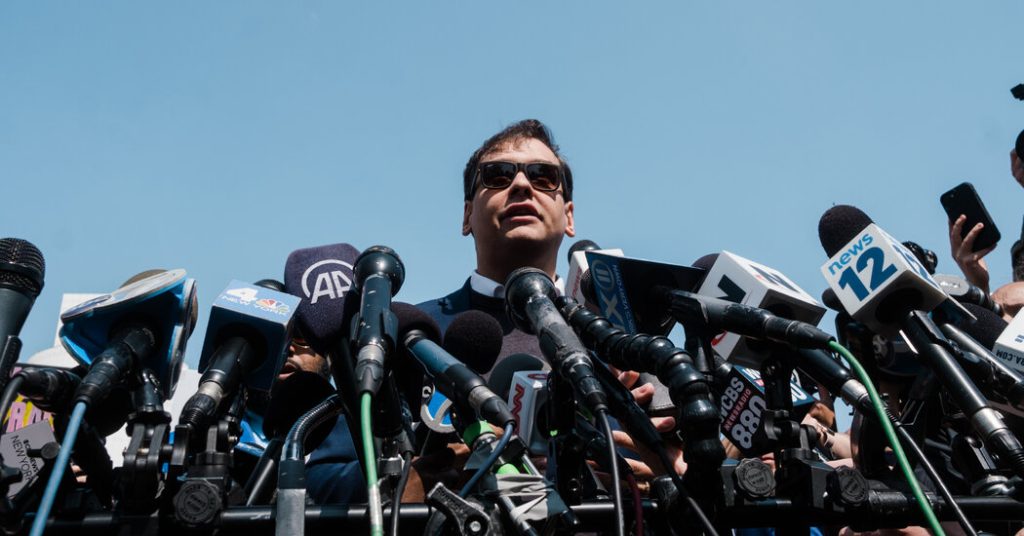The unraveling of George Santos began on Long Island some two and a half years ago.
He seemed, at first, to be a fresh voice in the Republican Party, campaigning for Congress as a successful striver with Wall Street credentials and compelling personal connections to national tragedies.
He fashioned himself an enthusiastic supporter of Donald J. Trump and cut an unusual figure among Long Island Republicans as a young, gay son of Brazilian immigrants. But before he was even sworn in, much of his background was revealed to have been fabricated.
In the years that followed, a pugnacious Mr. Santos often seemed to bask in his notoriety — first insisting on his innocence before finally pleading guilty to a range of crimes last year.
In between, he became the sixth member in the history of Congress to be expelled from the House of Representatives.
On Friday, Mr. Santos was sentenced to more than seven years in prison. Here’s a look back at his rise and fall.

Mr. Santos was one of four Republican candidates to flip congressional seats in New York in 2022. Credit…Alejandra Villa Loarca/Newsday RM, via Getty Images












